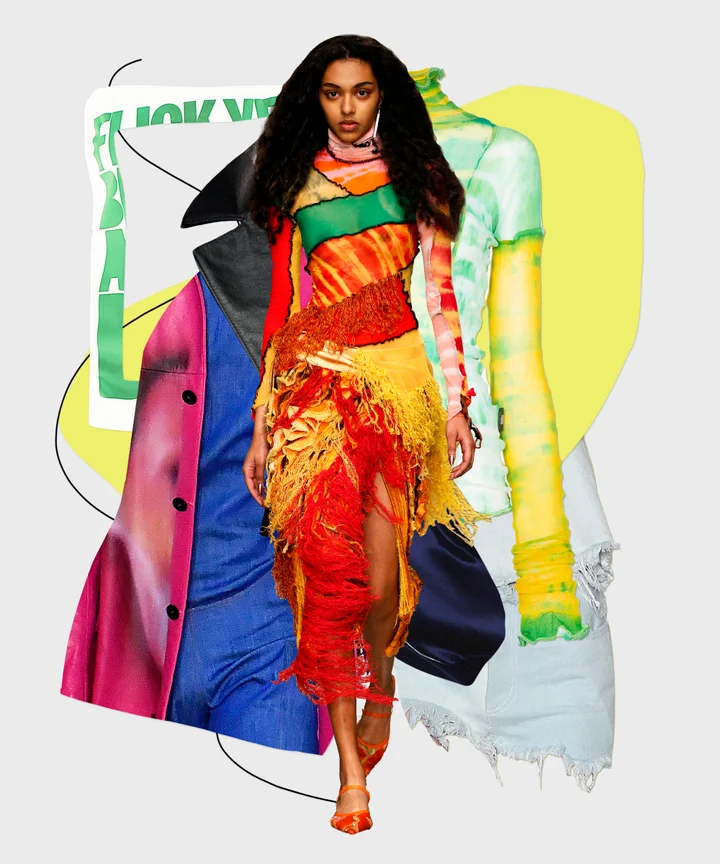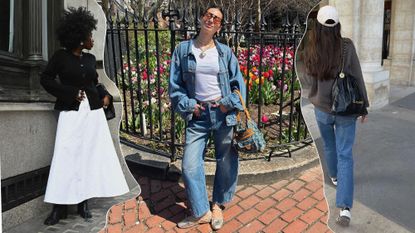Experience the Style of Standard Eastern Attire
Embark on a trip through the intricate world of conventional Eastern outfit, where each garment narrates woven with cultural splendor and historical relevance. From the lively colors of a Chinese qipao to the regal elegance of a Pakistani shalwar kameez, these garments offer a glimpse into a globe where workmanship fulfills artistry. The combination of glamorous textiles and fragile needlework techniques develops a tapestry of elegance that transcends borders and time. Join us as we untangle the tricks behind these charming pieces and uncover the appeal of Eastern clothes that has mesmerized generations.
History of Eastern Attire
Eastern outfit has an abundant background that goes back centuries, mirroring the varied cultures and practices of regions such as Asia and the Middle East. The clothes designs in these regions have actually been influenced by different elements such as environment, religion, social status, and historical events. In Asia, typical clothes varies substantially from the vivid saris put on in India to the sophisticated kimono of Japan. Likewise, the Middle East boasts a wide variety of apparel designs, from the moving abayas of Saudi Arabia to the complex kaftans of Morocco.
Throughout background, Eastern attire has not just worked as a type of garments but additionally as a symbol of cultural identity and heritage (eastern wear pakistan). Fabrics like cotton, bed linen, and silk have been generally utilized, with patterns and designs often holding considerable significances or standing for aspects of nature or spirituality. Standard garments have actually been passed down through generations, with each piece bring a feeling of history and tradition. Today, Eastern clothes remains to advance, blending traditional elements with contemporary style fads to create unique and classic styles.
Relevance of Needlework
Embroidery plays a crucial function in standard Eastern outfit, adding intricate details and cultural significance to garments that have been passed down via generations. In Eastern cultures, embroidery is not merely decorative but holds deep symbolic definitions. Each stitch and pattern can share stories, ideas, and also social condition.
The art of embroidery in conventional Eastern attire is a labor-intensive process that requires ability and persistence. Highly proficient artisans diligently hand embroider elaborate layouts onto materials using techniques that have actually been refined over centuries. These embroidered designs commonly show the rich social heritage of the region they originate from, showcasing themes motivated naturally, folklore, or historic occasions.

Glamorous Fabrics Used
Elegant materials play a pivotal role in improving the elegance and luxury of standard outfit throughout diverse Eastern societies. Silk, renowned for its soft qualities and sheen, is a popular selection for lots of traditional garments as a result of its extravagant feel and capacity to drape with dignity. In countries like India, China, and Japan, silk has a lengthy history of being utilized in traditional clothing, symbolizing wide range and condition.
Another commonly made use of glamorous textile is brocade, defined by intricate patterns woven into the product. Brocade includes a touch of sophistication to garments and is usually seen in ceremonial attire and official wear. Velour, with its plush structure and abundant look, is additionally a popular selection for typical clothes in Eastern societies, specifically for cheery occasions and special occasions.
Furthermore, chiffon, satin, and organza are frequently utilized for their lightweight and flowing qualities, including a feeling of delicacy and beauty to garments. These elegant materials not only raise the visual charm of standard Eastern clothing but also contribute to the overall allure and charm of the wearer.
Craftsmanship Techniques
Conventional clothing in various societies showcases impressive workmanship strategies that are passed down with generations, highlighting the ability and creativity associated with producing these charming garments. Each embroidery, stitch, and embellishment is diligently crafted to develop ageless pieces that embody the social heritage and practices of the region. The craftsmanship strategies utilized in standard Eastern Website outfit frequently involve detailed handwork, such as hand weaving, hand needlework, and hand beading, which call for precision and attention to information.
Artisans that focus on these techniques find out undertake years of training to excellent their abilities and grasp the traditional approaches of garment building. Using premium materials incorporated with professional craftsmanship leads to garments that not only look aesthetically spectacular but also stand the test of time. The commitment to preserving these workmanship techniques ensures that each item of typical Eastern clothes is a work of art, mirroring the abundant social history and heritage of the area.
Ageless Style and Beauty

The elaborate needlework, fragile beadwork, and elegant fabrics utilized in conventional Eastern outfit add to its unmatched charm. The meticulous workmanship gave through generations guarantees that every item tells a tale and shows elegance and grace.
In addition, the classic silhouettes and stylish draping of conventional Eastern clothing include to its long-lasting beauty. The moving lines and classy designs create a feeling of consistency and balance that is both psychologically fascinating and aesthetically appealing.
Essentially, the ageless elegance and appeal of conventional Eastern clothes serve as a testimony to the skill and virtuosity of the craftsmen who dedicate their lives to maintaining these exquisite sartorial practices. - eastern wear pakistan
Final Thought
Finally, the sophistication of conventional Eastern clothing is a testament to the rich background, cultural importance, and complex workmanship of the area. From the fancy needlework to the luxurious textiles and classic charm, each garment informs a tale and mirrors the social identification of its beginnings. Accepting Eastern clothes permits one to appreciate the virtuosity and sophistication that have actually been passed down through generations, producing exciting and absolutely charming pieces.
Embark on a journey with the detailed world of conventional Eastern outfit, where each garment tells a story woven with cultural richness and historic value.Needlework plays an essential duty in standard Eastern outfit, including complex details and cultural value to garments that have actually been passed down with generations.Glamorous fabrics play a crucial duty in have a peek at these guys improving the beauty and opulence of typical clothes across varied Eastern cultures. The workmanship methods made use of in traditional Eastern clothing commonly include intricate handwork, such as hand weaving, hand needlework, and hand beading, which require accuracy and focus to detail.
In conclusion, the style of typical Eastern clothes is a testimony to the rich history, social importance, and intricate workmanship of the area.